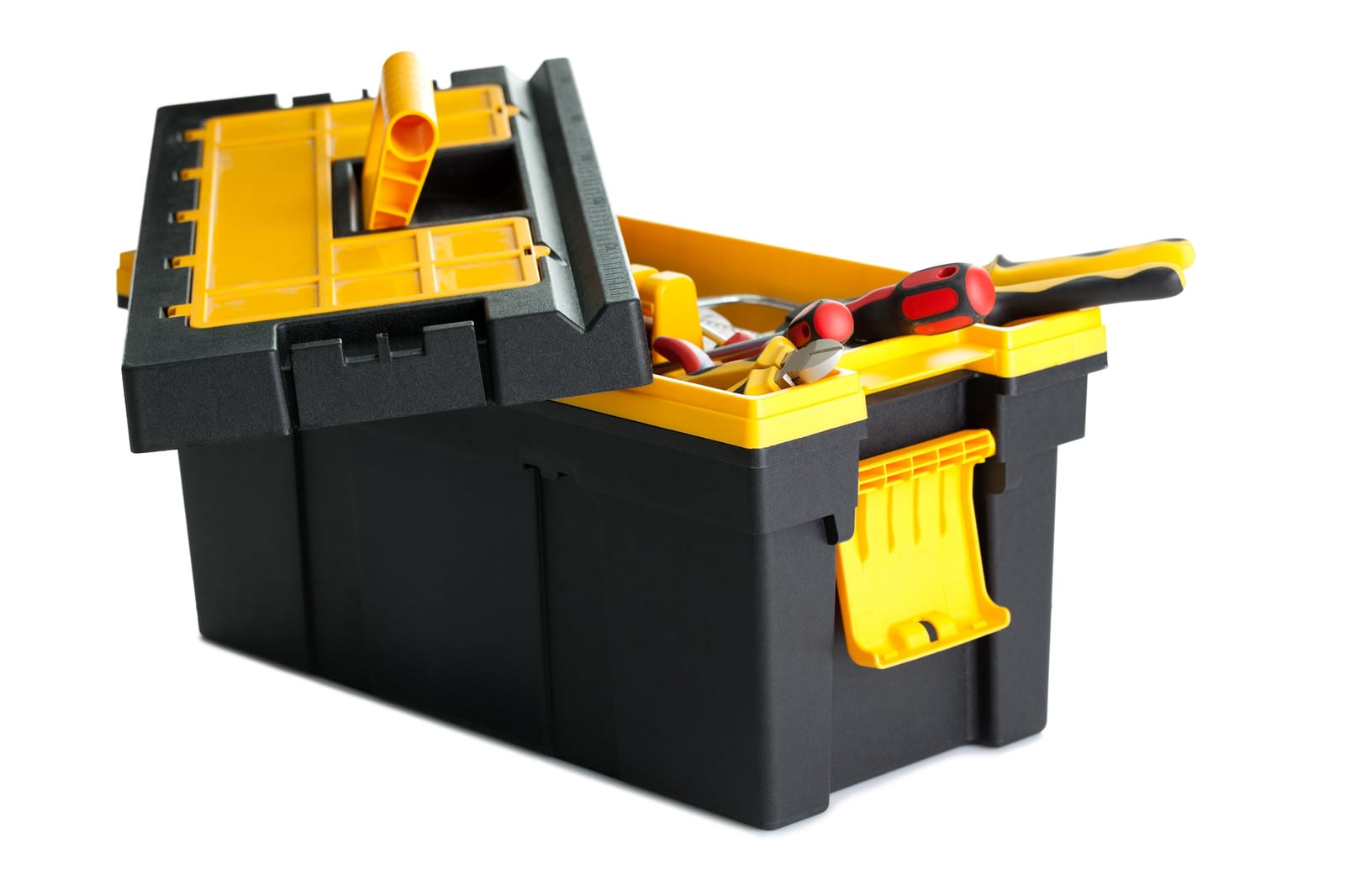 Field service excellence seems to be a moving target. When I started researching field service five years ago, the conversation revolved around the schedule and ensuring technicians reached customer sites within a given service window. Then, mobility was all the rage. And now, topics such as wearables and the Internet of Things are taking center stage.
Field service excellence seems to be a moving target. When I started researching field service five years ago, the conversation revolved around the schedule and ensuring technicians reached customer sites within a given service window. Then, mobility was all the rage. And now, topics such as wearables and the Internet of Things are taking center stage.
But what really matters in field service? I think the common thread amongst all of these trends is the customer and how service can better resolve customer issues. So how do we get better at providing service to customers beyond the trends mentioned? I think the answer is to fix the customer issue the first time a technician arrives. This should be a no-brainer, but unfortunately first-time fix is still a major problem for many organizations. However you define first-time fix within your operation, the key is that customers expect faster, more efficient service. As seen in Aberdeen’s Field Service 2014: Access to the Right information Empowers a Results-Driven Workforce January 2014 report, reduced margins, changing customer dynamics, and competition have forced organizations to reexamine how they manage the field.
Don’t Neglect Parts Management
Nevertheless, the often-neglected piece of the field service puzzle is parts management. Nearly half of all service visits (48 percent) require a part. With one of every two service visits needing a part, what happens when a technician shows up on-site without the necessary part to solve the customer issue? A second visit results. In order to mitigate this costly return visit, organizations should avoid a few pitfalls in regard to managing parts in a dynamic field service environment:
Pitfall #1: Don’t let operations handle it. Who owns service parts within your organization? Should it matter? As a service leader, we all need to own the aspects that impact our ability to deliver exceptional service for the customer. So whether parts are owned by the service team, operations, supply chain, or some other function, the service team must have visibility and insight into how these parts are being managed.
Pitfall #2: Technicians must know the impact of parts in their vehicle on the entire organization. Most technicians have the best interest of the customer and the organization in mind when they make decisions. In order to do their jobs, they need to have the skills, tools, and parts to solve issues. And this often leads to technicians hoarding parts in their vehicles so they ensure they will have that right part, when needed. This unfortunately can lead to a scarcity of resources, which negatively impacts the entire organization. Therefore, service leaders need to provide technicians with the visibility of exactly which parts are needed for which jobs so that techs feel confident in their trunk stock and don’t feel the need to hoard.
This article first appeared in Field Technologies Magazine and was written by Aly Pinder, senior research analyst for service management, Aberdeen Group.

Share this: